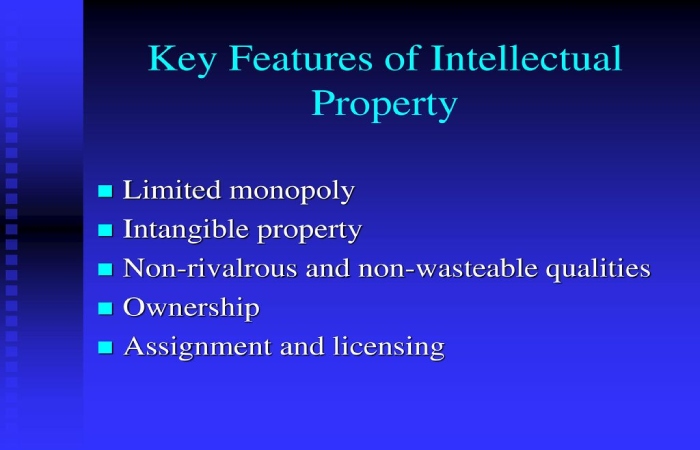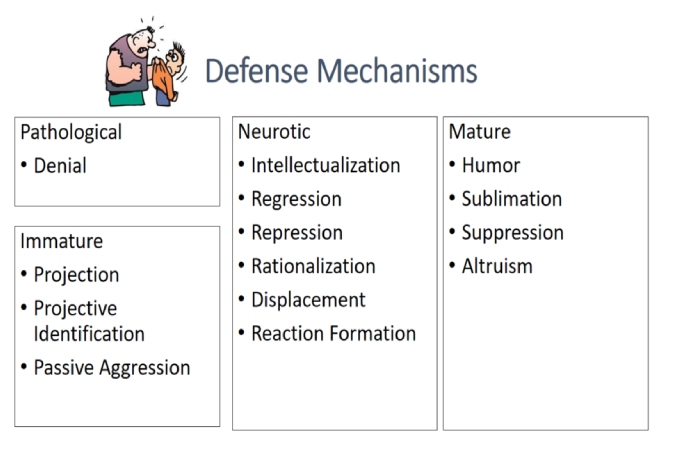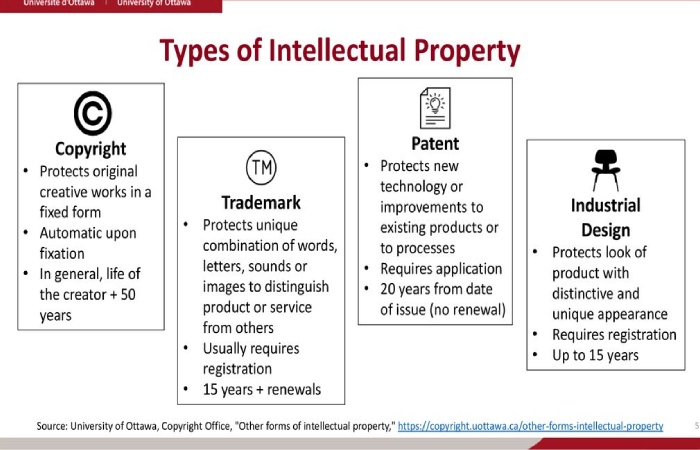Table of Contents
Introduction – Intellectual Property
Intellectual Property: Individuals and collections worldwide can identify and protect their works through intellectual property. They also use these tools to obtain economic gains through them in a legal and controlled manner.
In the same way, the future economic benefits originated with said creation, and its commercial exploitation is regulated. The forms of invention susceptible to intellectual property can be expressed through many different supports. In that sense, they can be of tangible and intangible characteristics.
Alternatively, this concept does not only encompass creations currently made public or open to the market since it is expected that we are also talking about new products in the future or about to lead to economic exploitation.
Main Features of Intellectual Property

The existence of intellectual property laws entails a series of advantages for creators and authors:
- International legislation in this field has undergone a process of convergence. It means that most countries have improved and equaled intellectual property laws.
- Creation in recent years of intellectual property systems thanks to the multiplication of analog and digital platforms.
- Greater ease of access for everyone when it comes to sharing their creations, mainly thanks to the role of new technologies.
- Although traditionally, the management of intellectual property rights corresponds to public bodies, it is increasingly common for private sector participants to assume this task.
Sectors in Which the Concept of Intellectual Property Stands out
In the following fields, it is typical for the regulation of this property rights to be present:
- Scientific, technological and innovation field.
- Cultural, literary and artistic sectors.
- Multimedia environment (video games, Internet, media).
- Domain and registration of trade names and trademarks through patents.
Main Defense Mechanisms of Intellectual Property

There are multiple tools in the economic and legal field aimed at protecting creators and their rights as authors of works of all kinds.
As indicated above, the rapid return of channels and platforms has meant that the content shared worldwide has multiplied. For this reason, it is necessary that, at the same time, they have to improve and increase the defense mechanisms of intellectual property.
There is the cited case of patents, trademarks, trade names, and other mechanisms of industrial property. On the other hand, we would find copyright, highlighted in the case of photographic and graphic creations.
Its primary objective is to guarantee the non-replication, use, or disregard of these creations and, mainly, to defend the economic returns they may produce through their commercial exploitation.
Types of Intellectual Property

This property can contain many types of intangible assets, and some of the most common ones are listed below.
Patent – Intellectual Property
A patent is a proprietary right for an investor, usually granted by a governmental agency such as the United States Patent and Logo Office. The patent gives the designer exclusive rights to the invention, which can be a design, a process, an improvement, or a physical creation such as a machine. Technology and software companies often have patents on their plans. For example, the 1980 PC patent was filed by Steve Jobs and three other colleagues from Apple Inc.
Copyright – Intellectual Property
Copyright gives authors and creators of original material the exclusive right to use, copy or reproduce their material. For example, book authors have their works protected by copyright, just like musicians. It also states that the original makers can grant permission to anyone to use the job through a license agreement.
Brands – Intellectual Property
A trademark is a symbol, phrase, or logo recognizable and represents a product that legally distinguishes it from other products. A trademark is solely attribute to a company, which means that the company owns the trademark so that no one can use or copy it. A brand is often associate with a corporate brand. For example, the “Coca Cola” logo and trademark are own by the Coca-Cola Company.
Franchise – Intellectual Property
A franchise is a license obtain by a company, individual, or party, called a franchisee, allowing them to use the name, symbol, proprietary knowledge, and procedures of a company, the franchisor.
The franchisee is usually a small business owner or entrepreneur who runs the business or franchise. The license allows the franchisee to sell a product or provide a service under the company’s name. In profit, the franchisee pays the franchisor an initial license fee and ongoing royalties. United Parcel Service (NYSE: UPS) and McDonald’s Corporation (NYSE: MCD) are companies using the franchise business model.
Trade Secrets
A trade secret is any procedure or practice of a company, other than public information, that provides financial benefit or advantage to the company or the trade secret owner. Trade secrets must be actively protect by the company and also are usually the result of a company’s research and development.
Examples of trade secrets include a protected design, pattern, recipe, formula, and also process. Therefore, trade secrets create a business model that differentiates what a company offers to its customers by providing a competitive advantage.
Conclusion
Intellectual property is a group of property that includes intangible creations of the human intellect and also although there are many types of this property, some countries recognize more than others. The best-known varieties are copyrights, patents, trademarks, and trade secrets.

